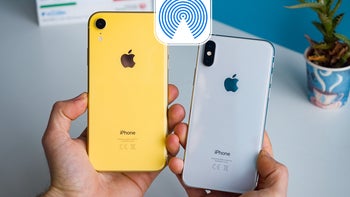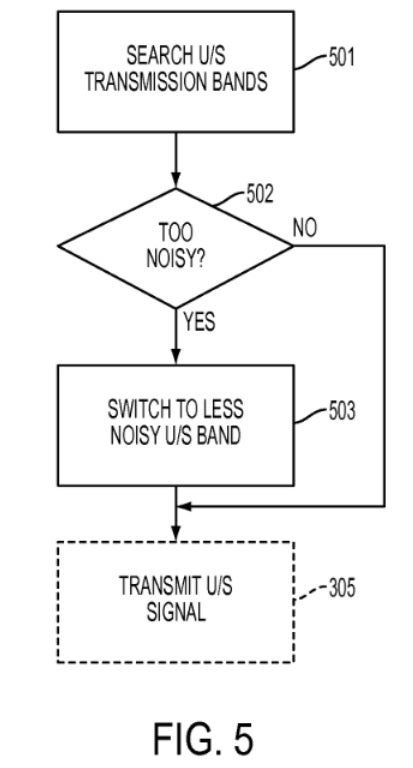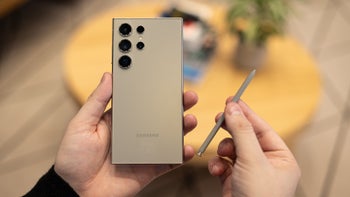Apple turns to UV to help iPhones find proximate models to share data with

Apple is looking to make communications between nearby iPhone units more secure. This morning, the company received a patent from the U.S. Patent and Trademark Office (USPTO) titled "Ultrasound ranging for mobile devices." The patent reveals how an iPhone would send out ultrasonic signals and using time-of-flight technology, discover other iPhone models in use nearby to share data with. As Apple notes in the documentation, "Ultrasonic ranging by mobile devices can advantageously increase the versatility of the devices to communicate with each other in a variety of environments and applications."
Apple receives a patent for a method to allow an iPhone to find a proximate unit to share data with
By calculating how long it takes for an ultrasonic signal to go from a transmitting iPhone to a receiving iPhone, the latter device can compute how far away it is from the unit sending out the signals. This would be done by measuring the time that it takes an ultrasonic signal sent by one device to be received by the other. Another way to measure the distance from one iPhone to a proximate unit would involve having the transmitting iPhone send both an ultrasonic and RF signal and the receiving device would measure the time lapse between the receipt of the ultrasonic signal and the RF signal to calculate the distance between the two handsets. In another example, an encoded signal with some information pertaining to the proximate device could be received.

Illustration from patent shows how an iPhone could seek a less crowded frequency to communicate with a proximate device
Apple notes that "it should be understood that any number of devices, e.g., 3, 4, or more, in close proximity can establish a de facto communication network, using ultrasound signals to determine range of devices, RF signals to synchronize devices, and either or both signals to transfer relevant data." In fact, with three or more iPhones trilateration can be used to create 3D maps.
The patent also mentions that the receiving phone could calculate how crowded a particular band is. All things being equal, a less populated frequency has a lower chance of creating interference from the other users communicating over the same band. Once one of the devices switches to another less crowded band, it could send out an RF signal to broadcast the change to another frequency allowing all of the connecting devices to coordinate the ultrasound communications.
In some situations, the patent informs us, optical signals such as IR signals, visible light signals, and others can be used alongside RF signals or as a replacement for ultrasound ranging. In addition, ultrasound signals could be deployed by public devices to send messages from businesses, restaurants, museums, and shopping malls. These signals would include "business information or online ordering" to proximate devices without the latter having to reveal their locations or even their presence.
Apple currently offers AirDrop which allows iPhone units together in a limited range (roughly 30-feet) to share documents, photos, and other files with another nearby iPhone user. If someone has his AirDrop settings set to receive files from everyone (as opposed to contacts only or having the feature turned off) it allows a bad actor to send X-rated material to other iPhone users on a subway car (which really did take place). Last July, a JetBlue flight headed to Tampa from Newark had to be evacuated when passengers with an iPhone received the image of a suicide vest through AirDrop. Police went through the plane with a fine-tooth comb, found nothing, and let the plane depart. Despite the limited range of AirDrop, police never were able to find the responsible person. But it is experiences like these that Apple would like to eliminate by developing a way for iPhone users to make sure that the coast is clear before they communicate with each other.
The patent was originally filed in March 2013 by Apple and patent 10,707,971 was published today.










Things that are NOT allowed: